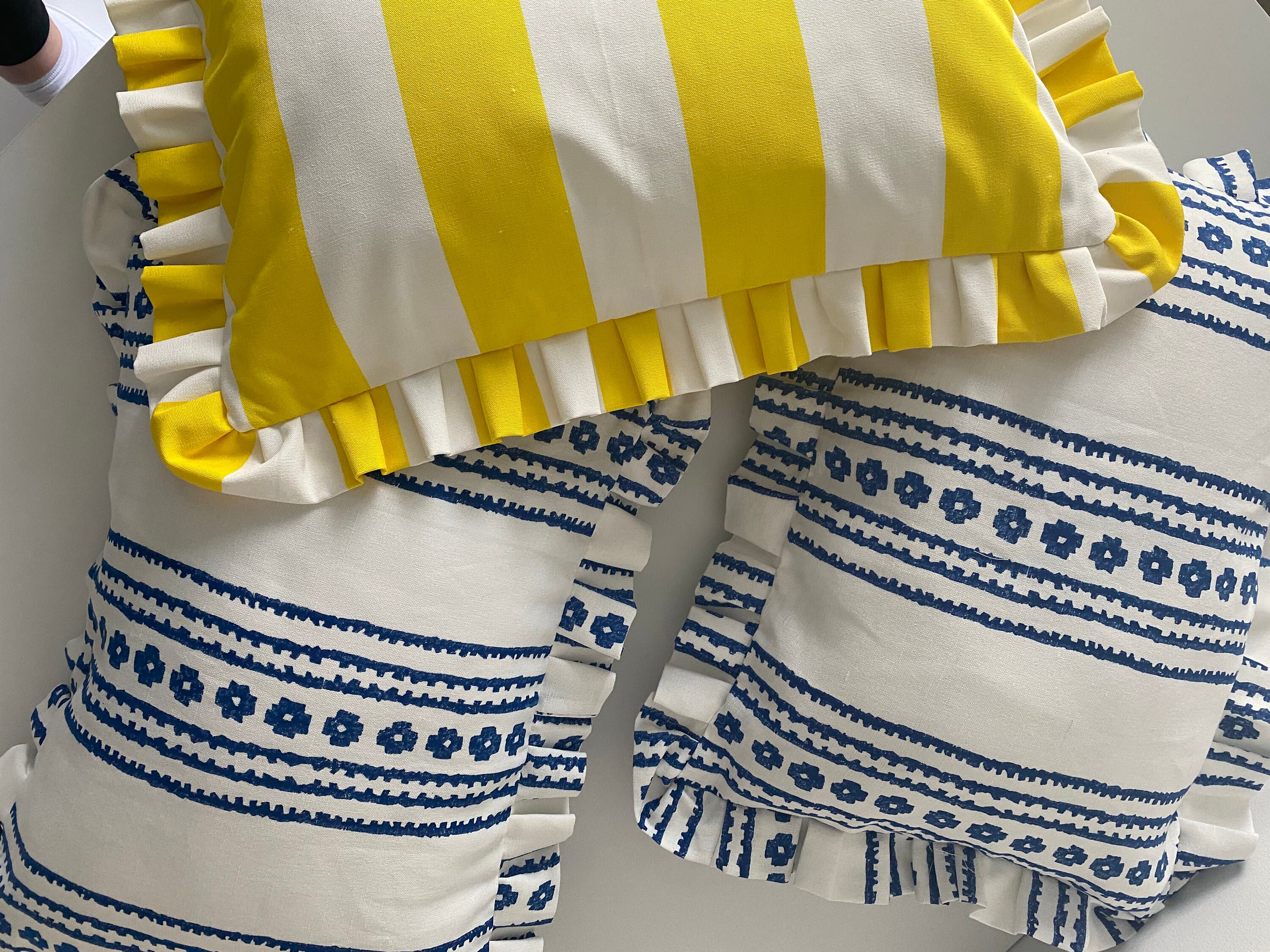New Chevy Trucks Are Ugly: A Deep Dive into Polarizing Automotive Aesthetics pickup.truckstrend.com
The world of automotive design is a fascinating realm where art meets engineering, and subjective tastes often clash with corporate vision. Few topics ignite more passionate debate among enthusiasts and casual observers alike than the aesthetics of new vehicle models. In recent years, the design direction of new Chevy trucks, specifically the Silverado and Colorado lines, has become a lightning rod for such discussions, leading to a significant contingent of the public proclaiming, "New Chevy Trucks Are Ugly." This article delves into the reasons behind this strong sentiment, exploring the specific design elements under scrutiny, the impact of these aesthetic choices on brand perception, and the broader implications for the automotive industry.
Introduction: The Subjectivity of Beauty and the Boldness of Modern Truck Design
New Chevy Trucks Are Ugly: A Deep Dive into Polarizing Automotive Aesthetics
The assertion that "New Chevy Trucks Are Ugly" is, at its core, a subjective statement. Beauty, or the lack thereof, truly lies in the eye of the beholder. However, when a significant portion of a brand’s target audience vocalizes a shared dissatisfaction with design, it warrants a closer examination. For Chevrolet, a brand with a storied history of producing iconic, often ruggedly handsome trucks, the recent design language has alienated some long-time loyalists while failing to fully win over others. This article aims to unpack why this perception of "ugliness" has taken root, dissecting the design choices that have sparked such polarized opinions and exploring the complex interplay between traditional truck aesthetics, modern design trends, and consumer preferences. Understanding this phenomenon is crucial for both consumers evaluating their next purchase and manufacturers striving to balance innovation with market appeal.
Deconstructing the "Ugly" Perception: Specific Design Elements Under Scrutiny
The sentiment that new Chevy trucks are aesthetically unpleasing isn’t typically a vague feeling; it often stems from specific design choices that deviate significantly from past iterations or established norms. Here are some of the key areas that draw the most criticism:
1. The Front Fascia: Grille and Headlight Integration
Perhaps the most frequently cited point of contention is the front end, particularly the grille and headlight assembly. Modern truck design across all manufacturers has trended towards larger, more imposing grilles, but Chevy’s execution has been described by critics as:
- Overly busy or cluttered: With multiple horizontal bars, intricate textures, and chrome accents that some find overwhelming.
- Disproportionate: The sheer size of the grille, sometimes extending deep into the bumper area, can make the headlights appear small or oddly placed in comparison.
- Stacked or Split Headlights: The design choice to separate the main headlight cluster from the daytime running lights or turn signals into distinct, stacked units has been particularly polarizing. Critics argue this creates a disjointed, "squinty" or "bug-eyed" appearance, lacking the cohesive, robust look often associated with trucks.
- Lack of Integration: The way the grille, headlights, and front bumper flow (or don’t flow) together is often highlighted as an issue, leading to a sense of disconnected elements rather than a unified front face.

2. Body Lines and Proportions: A Departure from Traditional Muscularity
Beyond the face, the overall body lines and proportions of recent Chevy trucks have also drawn criticism:

- "Soft" or "Rounded" Edges: While other manufacturers like Ram have embraced a more sculpted, less angular look, some critics feel Chevy’s attempts at modernization have resulted in a less aggressive or utilitarian stance. Traditional truck buyers often prefer sharp, defined creases and a "boxy" robustness.
- Fender Flare Design: The shape and integration of the wheel arches and fender flares have been called out for not adequately conveying a sense of strength or off-road capability.
- Bed Design (Multi-Flex/MultiPro Tailgate): While lauded for its functionality, the design of the tailgate itself, particularly on higher trims, with its multiple folds and panels, can appear visually complex or less clean than a traditional tailgate, which some perceive as adding to the "busyness."
3. Interior Aesthetics: Less of a "Truck" Feel?
While the exterior bears the brunt of the "ugly" label, some interior design choices have also contributed to overall dissatisfaction:
- Dash Layout and Material Choices: Critics argue that some trims feature materials or layouts that feel less premium or robust than competitors, or that the design lacks the intuitive functionality expected in a work-oriented vehicle.
- Screen Integration: The placement and integration of infotainment screens, particularly in earlier iterations, were sometimes criticized for looking tacked-on rather than seamlessly integrated into the dashboard design.
The Evolution of Truck Aesthetics: From Utilitarian to Bold and Back Again?
To understand the current debate, it’s helpful to look at the historical trajectory of truck design. For decades, trucks prioritized function over form, with straightforward, boxy designs that exuded durability and utility. Over time, aesthetics became more important, leading to more aerodynamic shapes, chrome accents, and distinct grilles that still maintained a sense of ruggedness.
Chevy, like other manufacturers, has been navigating the challenge of appealing to a diverse customer base: traditionalists who value classic truck looks, and a growing segment of buyers who use trucks as daily drivers and family vehicles, seeking comfort, technology, and a more refined aesthetic. The current design language represents an attempt to push boundaries, to stand out in an increasingly competitive market dominated by Ford’s F-Series and Ram’s increasingly luxurious offerings. However, this boldness has clearly come at a cost in terms of broad aesthetic appeal for some.
The Impact of Design on Brand Identity and Sales
Aesthetic appeal is a critical component of brand identity and can significantly influence sales. When a brand’s design direction is widely criticized, even if sales remain strong due to other factors (reliability, features, incentives), it can erode brand loyalty and perception over the long term.
- Brand Perception: For many, the visual appeal of a vehicle is a direct reflection of the brand’s values and quality. If a truck is perceived as "ugly," it can subtly diminish the perceived value or desirability of the brand as a whole.
- Competitive Landscape: In a market where competitors like Ram have gained significant ground partly due to their bold yet widely praised designs, or where Ford maintains a strong hold with its consistently popular F-Series aesthetic, Chevy’s polarizing design can put them at a disadvantage. Consumers have more choices than ever, and visual appeal can be a deciding factor.
- Resale Value: While harder to quantify directly, a widely disliked aesthetic can theoretically impact resale value, as the pool of potential buyers might shrink or demand a lower price.
Practical Advice and Actionable Insights for Consumers and Manufacturers
For Consumers: Looking Beyond the Initial Impression
- Prioritize Function: If the design doesn’t immediately appeal, consider the truck’s primary purpose. Does it meet your needs for towing, hauling, off-roading, or daily commuting?
- Test Drive and Live With It: Sometimes, a design that looks awkward in photos can grow on you, or its practicality becomes evident during use. Spend time with the vehicle before making a judgment.
- Explore Trims: Often, different trim levels (e.g., WT, LT, RST, Trail Boss, High Country) feature distinct grilles, wheel designs, and exterior accents that can significantly alter the overall aesthetic. What you find "ugly" in one trim might be mitigated in another.
- Consider Aftermarket Options: Many exterior elements, like grilles, bumpers, and lighting, can be customized or replaced with aftermarket parts if the stock design is a major deterrent.
For Manufacturers (Implicitly, for Chevy): Balancing Innovation with Tradition
- Listen to Feedback: While not every design criticism should lead to an overhaul, consistent feedback from a significant portion of the market, especially loyal customers, should be carefully considered.
- Evolution, Not Revolution: Sometimes, a gradual evolution of design language, rather than a radical departure, can be more effective in maintaining brand identity and customer satisfaction.
- Cohesive Design Philosophy: Ensuring all elements of a vehicle’s design (front, side, rear, interior) flow together harmoniously can prevent the "disjointed" critiques.
- Understand Your Core Audience: While expanding appeal is important, alienating the traditional truck buyer with overly futuristic or polarizing designs can be risky.
New Chevy Truck Models: Pricing and Common Design Perceptions
As "ugliness" is not a quantifiable feature that can be priced, the table below provides a general overview of current new Chevy truck models, their approximate starting MSRPs, and common aesthetic perceptions or notable design features that contribute to the ongoing discussion about their looks. Please note that prices can vary significantly based on trim, options, region, and dealer.
| Model | Starting MSRP Range (Approx.) | Common Design Perceptions/Notable Features |
|---|---|---|
| Chevrolet Colorado (Mid-Size) | $30,000 – $50,000+ | Aggressive, blocky stance. Some find the newer generation more cohesive than its Silverado sibling. Still features bold, large grille. Some trims (Trail Boss, ZR2) are praised for rugged looks. |
| Chevrolet Silverado 1500 (Full-Size) | $37,000 – $70,000+ | Highly polarizing front fascia. Critics often point to the large, multi-tiered grille and stacked/split headlight design as "busy" or "disjointed." Body lines can appear less muscular than competitors to some. |
| Chevrolet Silverado HD (2500/3500) (Heavy Duty) | $45,000 – $80,000+ | Exaggerated front end. Takes the 1500’s design cues to an even larger scale, with massive grilles and bold lighting. Designed to look imposing, which some love and others find overwhelming or "brutish." |
Note: MSRPs are approximate and subject to change. Specific "ugly" perceptions are subjective and represent common criticisms voiced by some segments of the public, not universal truths.
Frequently Asked Questions (FAQ) About New Chevy Truck Aesthetics
Q1: Are all new Chevy trucks considered ugly?
A1: No, aesthetic appeal is subjective. While a significant portion of the public has expressed strong opinions that new Chevy trucks are "ugly," many others find their design appealing, bold, or at least acceptable. Design preferences vary widely among individuals, regions, and age groups.
Q2: What specific design elements are most criticized on new Chevy trucks?
A2: The most common criticisms revolve around the front fascia, particularly the large, multi-tiered grilles, and the stacked or split headlight designs that some find disproportionate, busy, or disjointed. Some also critique the overall body lines for being less traditionally "muscular" or rugged.
Q3: How do these design criticisms impact Chevy’s sales?
A3: While aesthetic criticism is prevalent, Chevy trucks consistently rank among the top-selling vehicles in North America. This suggests that while design is a factor, other attributes like reliability, capability, features, pricing, and incentives often outweigh purely aesthetic concerns for many buyers. However, strong negative perceptions can still impact brand loyalty and market share in the long run.
Q4: Will Chevrolet change its truck designs in response to the "ugly" comments?
A4: Automakers continuously evolve their designs based on market trends, consumer feedback, and competitive pressures. While Chevy has refined its truck designs through mid-cycle refreshes (e.g., the 2022 Silverado refresh softened some of the more extreme design elements), radical overhauls typically occur with full generational redesigns, which happen every 6-8 years. It’s likely future designs will incorporate lessons learned from current feedback.
Q5: Why do automakers choose such polarizing designs?
A5: Automakers often aim to make their vehicles stand out in a crowded market. Bold or unconventional designs can capture attention, create a distinct brand identity, and appeal to a segment of buyers looking for something different. It’s a calculated risk, as what appeals to some may alienate others.
Q6: Are other truck brands also facing design criticisms?
A6: Yes, all automakers face design criticisms at some point. Ford’s F-Series has generally maintained a more conservative evolution, while Ram’s designs have been widely praised. Toyota’s Tundra and Nissan’s Titan have also faced their own aesthetic debates, though perhaps not as vocally as the recent Chevy designs.
Conclusion: The Enduring Debate of Form and Function
The debate surrounding whether "New Chevy Trucks Are Ugly" serves as a powerful reminder of the subjective nature of design and its profound impact on consumer perception. While beauty may be in the eye of the beholder, consistent and widespread criticism points to a design language that has, for a significant segment of the market, missed the mark aesthetically. Chevrolet’s designers have clearly aimed for a bold, distinctive presence in a fiercely competitive segment, but this ambition has alienated some traditionalists and left others questioning the overall visual harmony.
Ultimately, a truck’s success hinges on a complex blend of factors: capability, reliability, features, price, and, critically, aesthetics. For Chevy, navigating this delicate balance means continuously evolving their design language, perhaps leaning towards a future that blends innovation with a renewed understanding of the enduring aesthetic preferences of the truck-buying public. The conversation around "ugly" trucks isn’t just about superficial looks; it’s about identity, brand loyalty, and the ever-shifting landscape of automotive desire.



